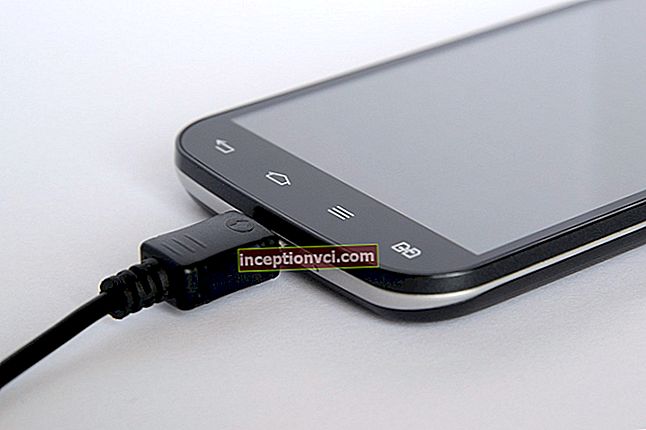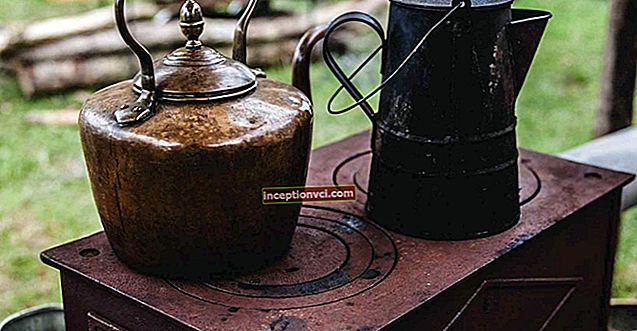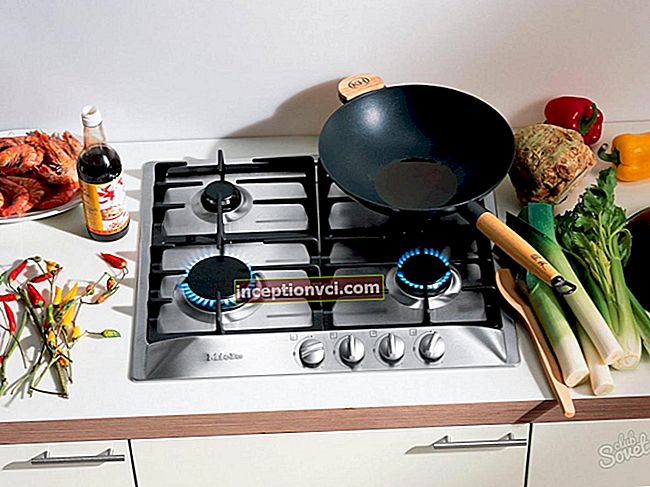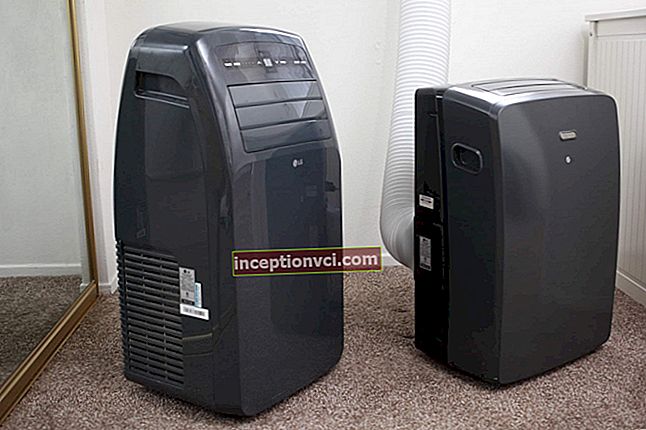Chameleon welding helmets are automatically darkened when the arc is struck. Then they brighten. A dimmable light filter (cassette) protects the eyes from radiation of the visible part of the spectrum. The filter is made according to the "puff cake" principle, in which layers consisting of liquid crystals are located between the layers of polarizing films. As electricity passes through the crystals, they "line up" in such a way that they block some of the polarized light.

In fact, the manufacturers who create the cassette can be counted on the fingers of one hand. They are divided into European, American and Chinese. Most manufacturers of welding helmets take cassettes from one manufacturer or another and insert them into the helmet. To know how to choose a Chameleon welding helmet, look at three parameters. We describe each one.
Adjusting the degree of shade
The degree of shade plays a role, especially for novice welders. Standard Chameleons are made with as black filters as possible. Why? Because it is not known what kind of welding the welder faces: with a semiautomatic device, with gas or electrode welding, with arc, and plasma cutting. It will cook from afar or close - this is also important for penetration into the eyes. In such masks, a light can be seen. If you don't have experience, it's hard to figure it out.
It is convenient to work if the filter dimming and sensitivity adjustments are located outside the mask (on the left). They are smooth or stepped.
- The first are accurate. With the help of smooth adjustment, you can adjust the dimming for yourself and clearly see what to do. If you work close, you increase the blackout, and from a distance, you decrease it. With masks ranging from 9 to 11 DIN, fatigue in the eyes is felt. Must be up to 13 DIN (units of dimming power, which covers currents in manual and arc welding).
- The stepped is regulated only according to the values from the manufacturer.
Reaction and dimming speed
Which welding helmet is better - low sensitivity or high sensitivity? It would seem, set it high, and it will be enough for all occasions. But no. It happens that the electrode only sparks and is already black before your eyes, you can't see. Or when you are going to cook, and the person next to you sets fire to the arc, and the mask closes. You can't see where to aim with the electrode. For this it is important that the sensitivity of the mask is set. The trigger angle can be manually adjusted. On the top of the cassette, you can choose an angle of 120 ° or 60 °. For this, a different filter is used.

Reaction speed is very important. She answers how quickly the mask will lighten after it stops burning.
- If you wait a long time until it brightens, you will have to take long pauses in work.
- Short is risky. The mask brightened, and there it still shines quite a bit - it hurts in the eyes.
The blackout speed in good masks is 0.19-0.40 milliseconds. Chinese people sin up to 0.65-0.80 milliseconds. Just imagine: don't catch "bunnies", but you get 2-3 times more light than you should. Six months, a year, and my eyes hurt like hell.
Which welding mask is better Chameleon or regular
In some models, switching to welding and grinder (grinder) is provided so that there is no reaction to sparks. I think this is superfluous. In the Chameleon it is darker and worse. Especially when you work as a grinder. For her, it is better to take glasses or a transparent mask.
Flying pieces will scratch the glass over time. If this glass is in a mask for a grinder - not a problem: worn out, bought another. But welding is a pity. Usually a spare glass is included with a chameleon mask, but it is transparent plastic that scratches quickly.
Optical class of the filter
Each mask has its own classification. It is in the form of three numbers separated by a fraction.For example OS 1/1/1/2 according to EN 379 (search inside). The numbers go from one to three, where:
- 1 is the best
- 2 - medium,
- 3 is the worst.
The best mask is where all ones are.
- The first digit indicates the class of the cassette filter.
- The second is responsible for the clarity of the image so that the picture in the mask does not blur and the contours are not blurred. It is difficult to work a day if objects are without contours.
- The third digit is responsible for the uniformity and refraction of light. It's like choosing sunglasses. First of all, you look through them at the object. If it is distorted, then there is a poor-quality lens or plastic. The same is in the mask.
If there is crystal heterogeneity in the cassette, then in one place it will transmit light 10 DIN, in another - nine, in the third - eight. As a result, it turns out that a lot of light enters the eye and thus the retina deteriorates. At the same time, he does not catch "bunnies".
Chinese manufacturers also put their characteristics on the cassettes. They can be better or worse, but from experience I judge that the disadvantage of Chinese models is the lower (light) part of the cassette. When the welder looks at the center, it is darkened properly. When he looks down, he receives a bright beam of light that dazzles.
Watch video feedback about Forte MC-3500
How to choose a welding helmet for a professional
Pros are better off buying an expensive model, the review element is tested in it. The test is needed to track burned-out pixels. They are not visible, but if you work for hours, and there are burnt pixels on the panel, they will transmit ultraviolet radiation. The welder's eyesight will be impaired.
- When choosing a helmet, look at the design. It is desirable that the protective glass is recessed relative to the contours of the helmet. If dropped, the load will go to the welding helmet and not to the cassette. This will save the most expensive element in the mask.
- Models with a large bottom lip allow more air to be drawn in on closure than flat-contoured masks.
- It's good if there is a backlight (2-4 sensors). Albeit weak, but from a distance of half a meter, it is clearly felt. It helps when you have to work where you can't see anything.
- The mask can be adjusted to five positions. Adjustable tilt, compression force on the head, closes the head and neck.
Watch the video how to set up a mask and identify working sensors









